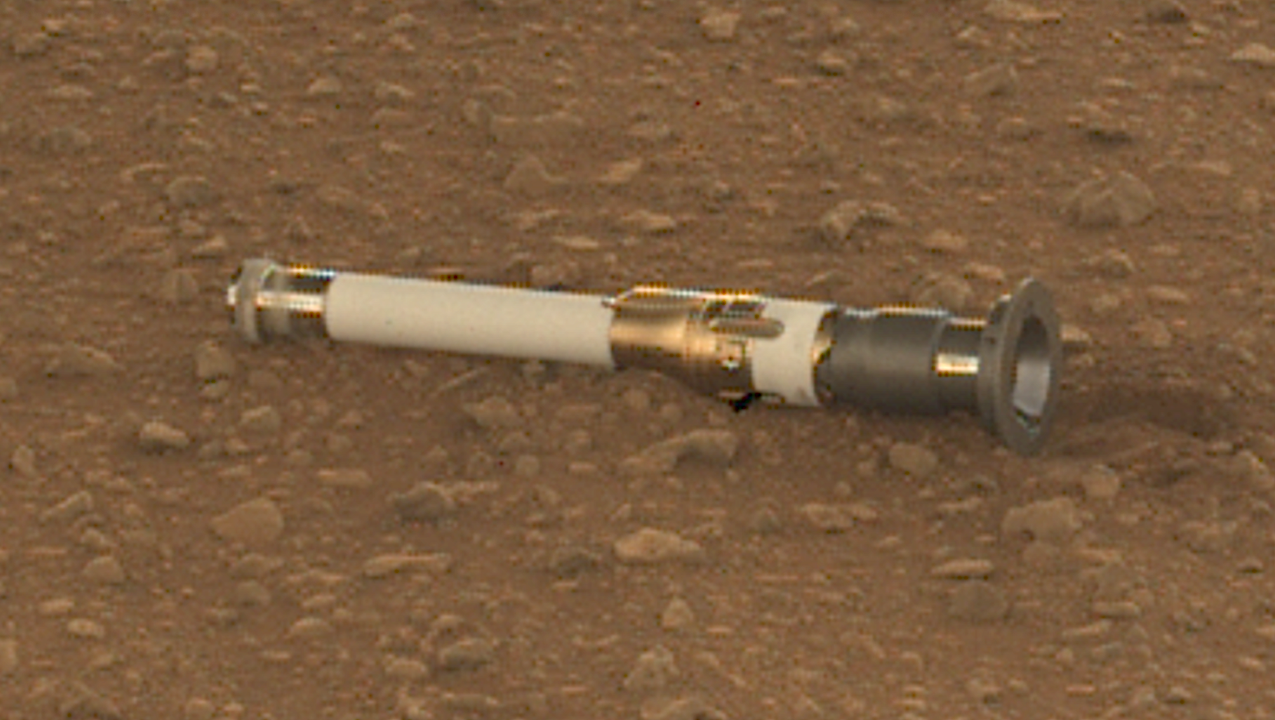This request seems a bit unusual, so we need to confirm that you’re human. Please press and hold the button until it turns completely green. Thank you for your cooperation!
Category: 7. Science
-
Just a moment…
Just a moment… -
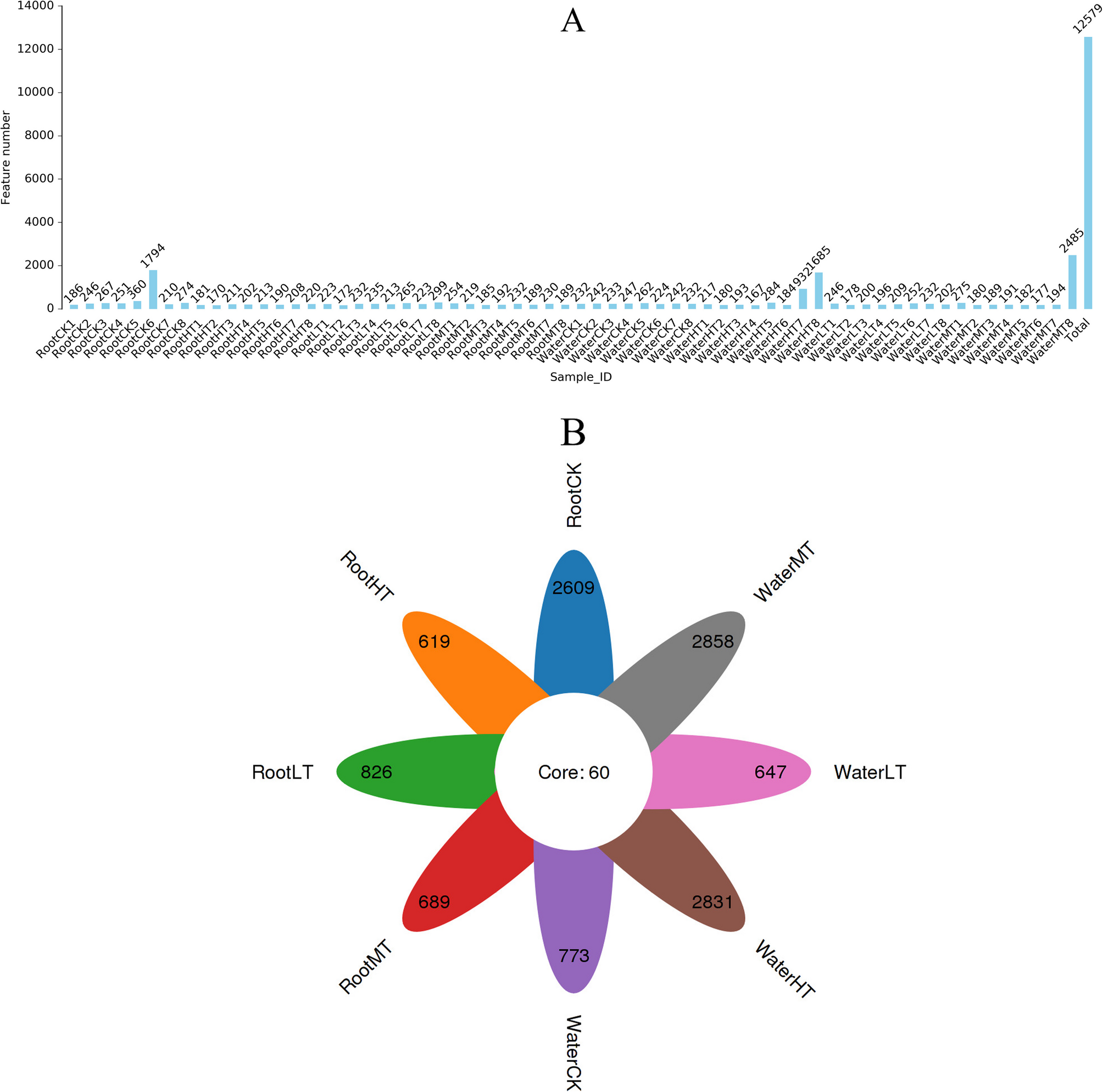
Differences in bacterial community composition and diversity in the rhizosphere and surrounding environment of wild soybean (Glycine soja) under different salt stress conditions | BMC Microbiology
Singh A. Soil salinization management for sustainable development: a review. J Environ Manage. 2021;277:111383.
Google Scholar
Li J, Pu L, Han M, et al. Soil salinization…
Continue Reading
-
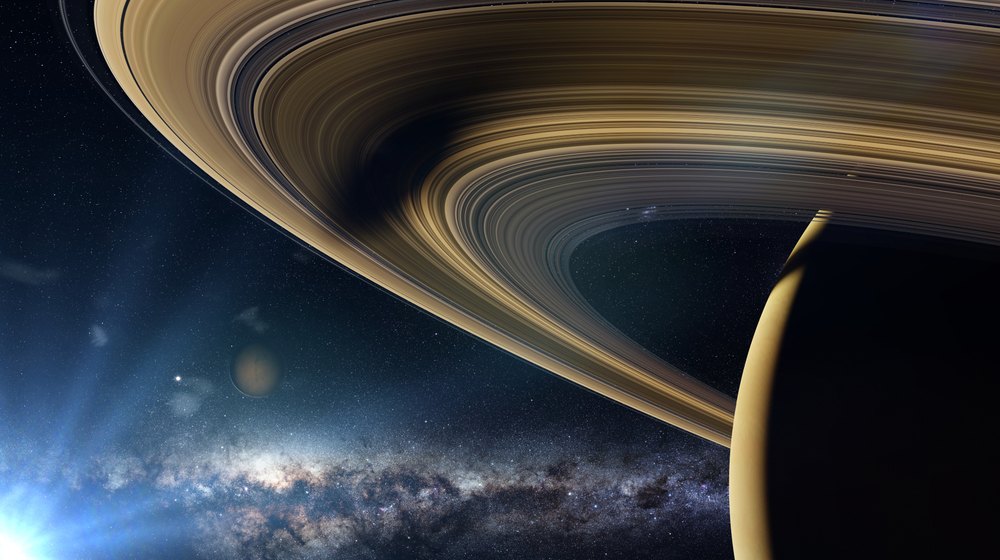
A Pakistani Scientist May Have Found Life in Outer Space
A Pakistan-born German astrobiologist has identified life-supporting organic molecules beneath the icy crust of Enceladus, one of Saturn’s moons, adding fresh evidence that it may harbor the conditions necessary for life.
The…
Continue Reading
-
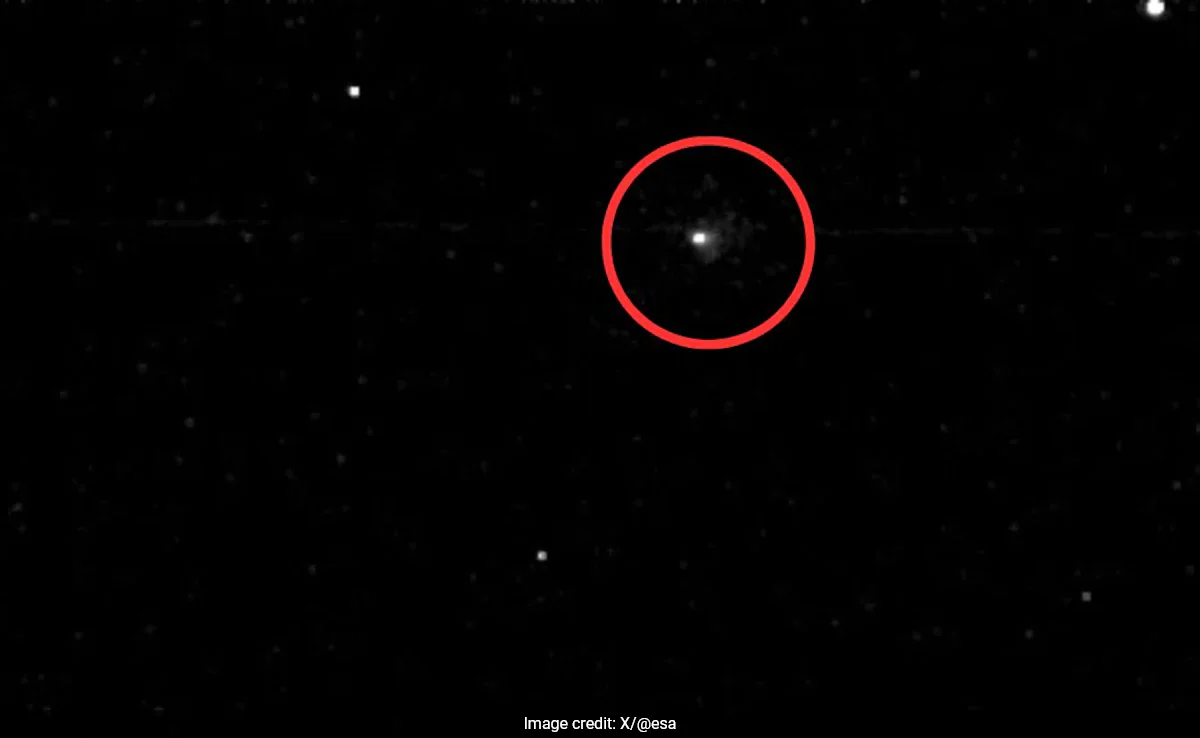
Mars Orbiters Take Rare Images of Interstellar Comet 3I/ATLAS Zooming Past Red Planet
The European Space Agency (ESA) has captured some incredible images of the interstellar comet 3I/ATLAS when it flew past…
Continue Reading
-
Chinese scientists use AI protein language model to uncover mystery of life evolution-Xinhua
Tourists view a white whale at Sunasia Ocean World in Dalian, northeast China’s Liaoning Province, May 22, 2024. (Xinhua/Zhang Lei) BEIJING, Oct. 8 (Xinhua) — Bats and toothed whales are distant groups, yet both have independently developed the…
Continue Reading
-
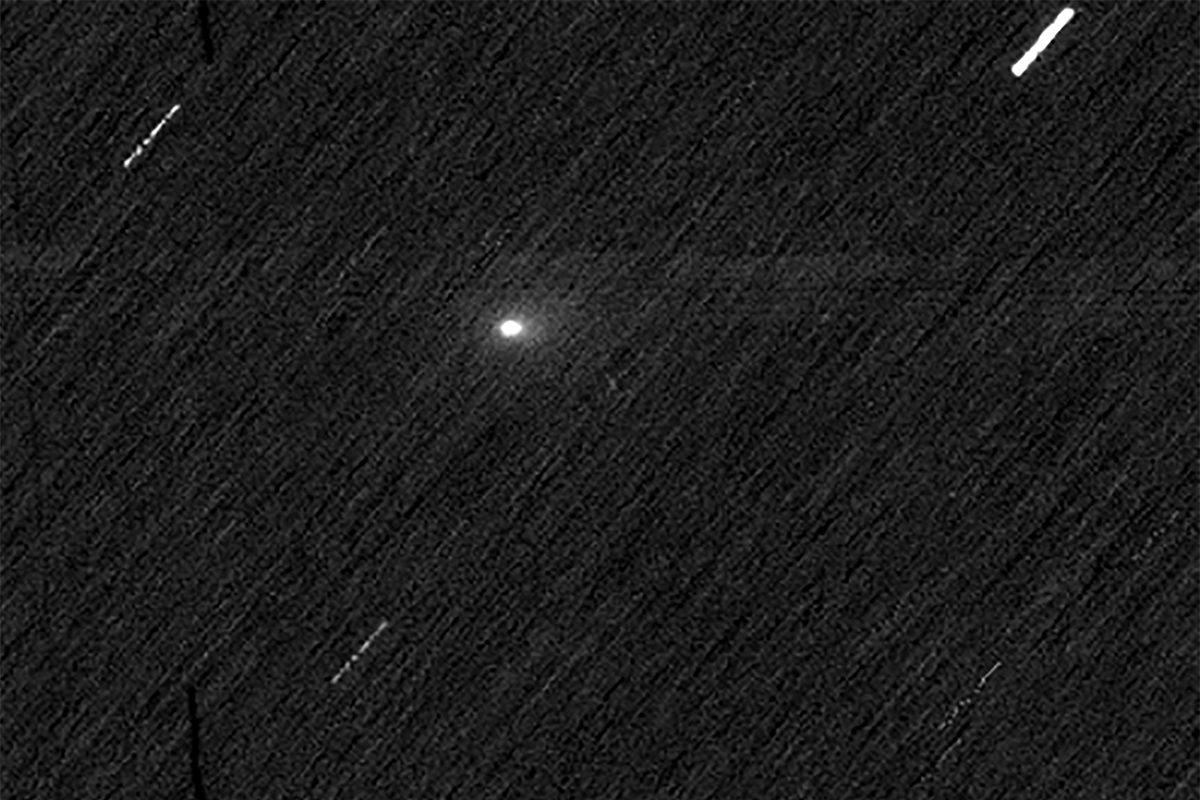
Robots on Mars have just seen the strange deep-space comet tracing across the Martian sky
What do you do when you want to observe something that’s on the other side of the Sun?
That’s the problem astronomers faced as October 2025 rolled around and comet 3I/ATLAS, the mysterious interstellar visitor, became lost in solar glare, as seen…
Continue Reading
-

Rare supermoon illuminates sky over Jersey
Sky-watchers across Jersey were treated to a supermoon on Tuesday night.
A supermoon appears brighter and larger than other full moons in the evening sky and occurs when the Moon is at its closest point to the Earth.
The term was first coined in…
Continue Reading
-

Synergistic effects of plant growth regulators and fe₃o₄ nanoparticles on in vitro organogenesis and bioactive compound production in hypericum perforatum | BMC Plant Biology
Fe₃O₄ and PGRs elevate plant growth
Several treatments including 2,4-D (0.5 to 2 mg/L), kinetin (0.5 to 1 mg/L), and the Fe₃O₄ nanoparticles (1 to 4 mg/L) produced reductions in plant height when compared to the control treatment. The…
Continue Reading
-

Spectacular sight for harvest supermoon hunters in South West
Sky-watcher Jason Way captured this amazing shot of a supermoon above Dartmoor’s Haytor Rocks on Tuesday night, among many other images of the phenonomen taken in Cornwall.
A supermoon appears brighter and larger than other full moons in the…
Continue Reading
